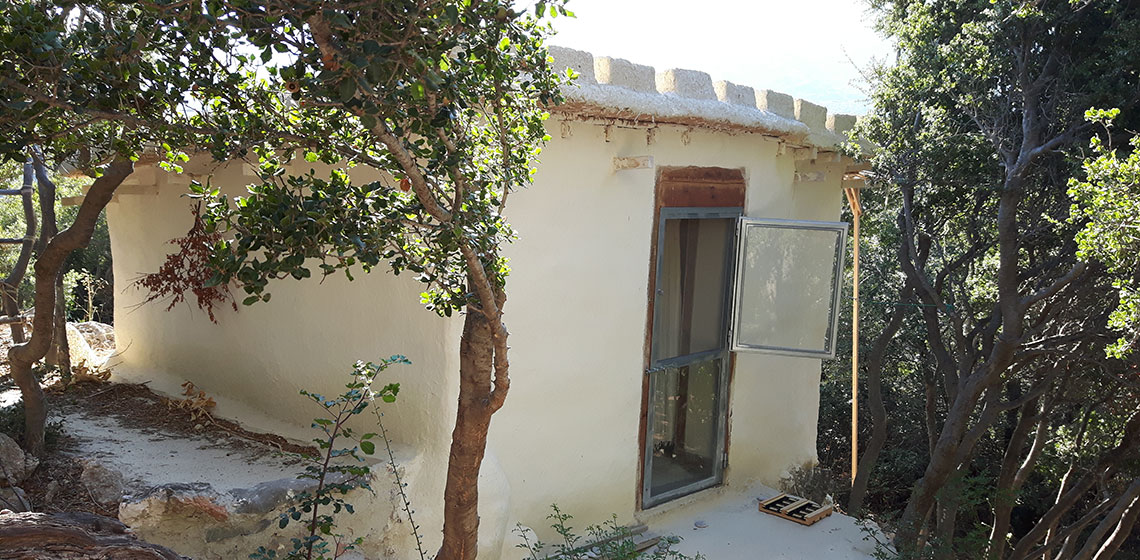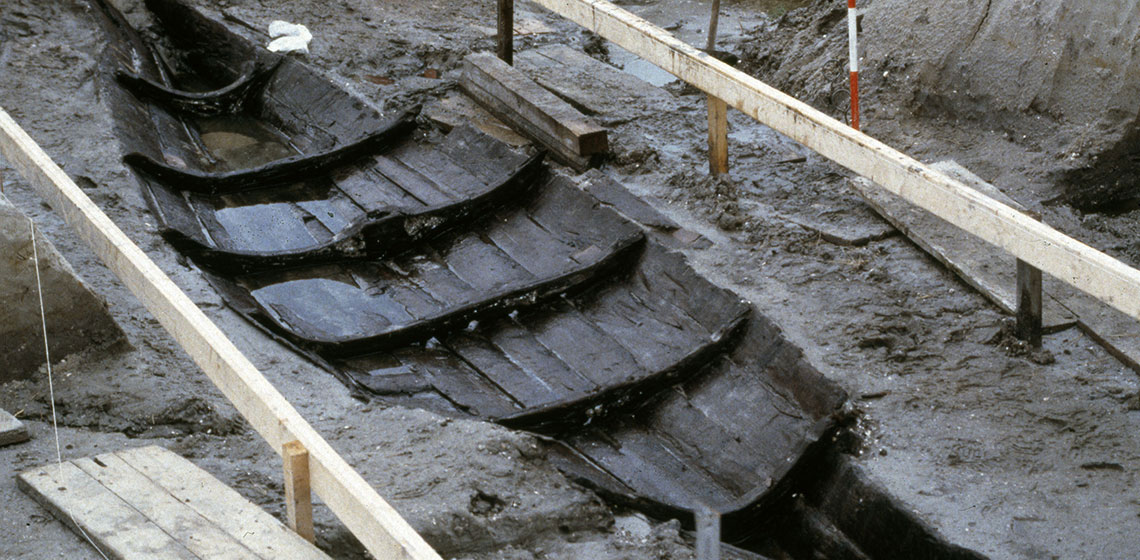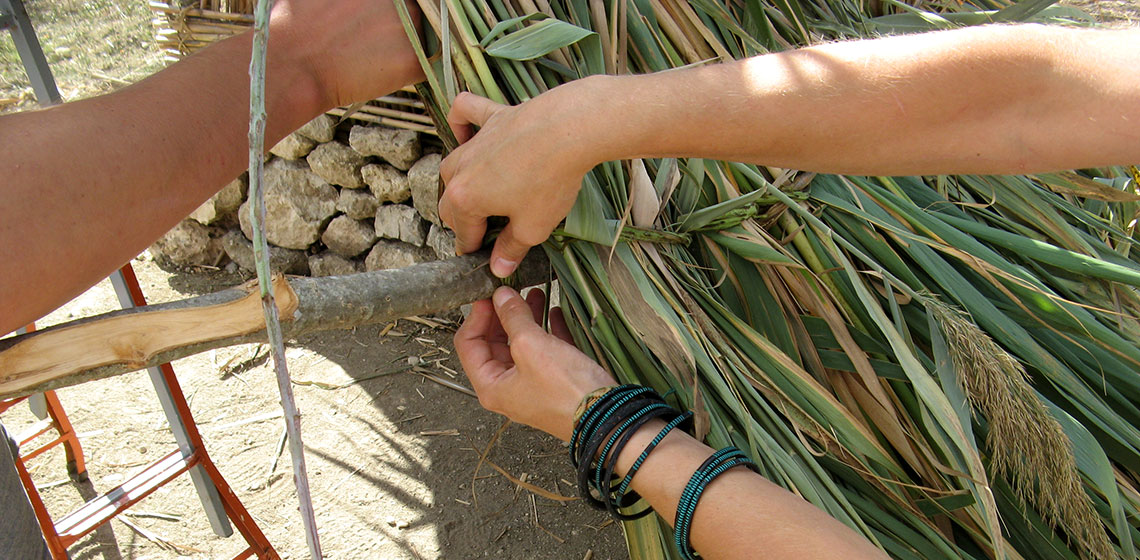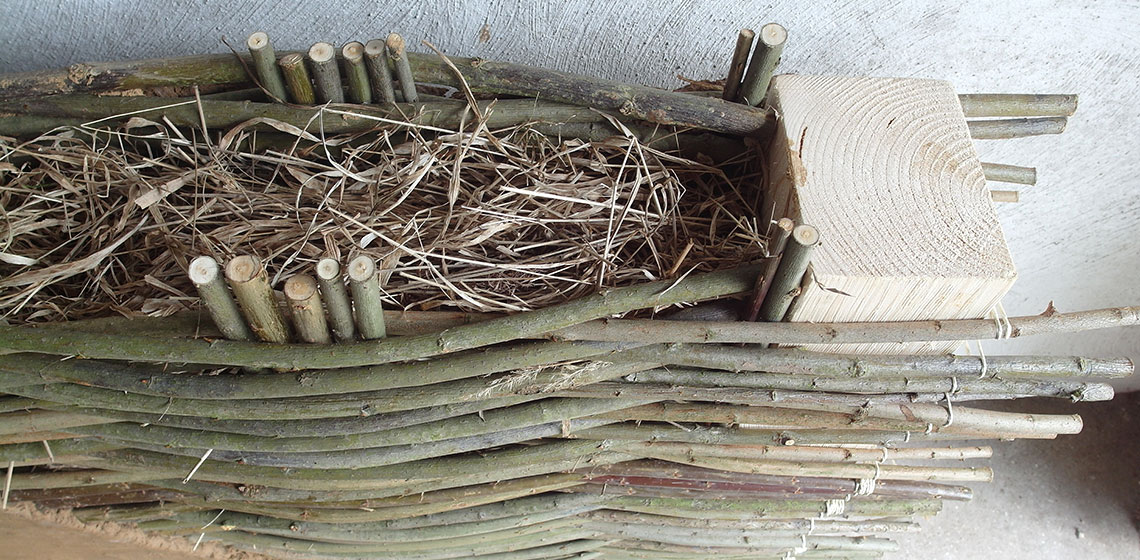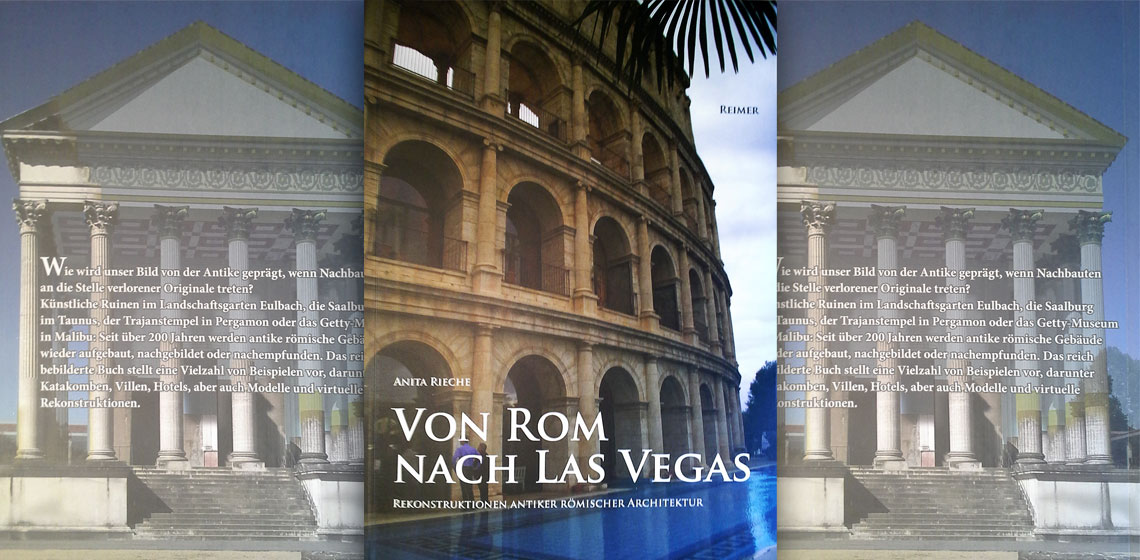(re)construction
A Minoan Experimental House – Paying Tribute to Middle Bronze Age Cretan Vernacular Architecture
Publication Date
In the mountains south of Agios Nikolaos, north-east Crete, the Minoans of the Middle Bronze Age (2000-1650 B.C.) left behind several kinds of ruins, which were studied in my PhD thesis (Beckmann 2012a). The 337 ancient sites discovered during this investigation were arranged in a loose settlement pattern, with dwellings ca. 150 m from each other, composed of manifold field- enclosures and animal pen walls surrounding variably sized houses and connected by an extensive network of paths.
The Gislinge Boat Open Source Project: An Old Boat and a New Idea
Publication Date
In 1993, the remains of a wooden boat were uncovered during drainage works north of the village of Gislinge, on the island of Sjælland in Denmark (Gøthche 1995). Now reclaimed agricultural land, the area had once been part of the shallow Lammefjord, itself connected to the Isefjord and the open sea...
Hut 1 of Tornambé, Pietraperzia: an Experimental Project for Prehistoric Sicily Studies
Publication Date
Architectural reconstructions in archaeology represent very common experimental projects throughout Northern and Southern Europe (see for example Page 2012; Burrow 2015). Testing hypotheses and comparing scarce archaeological data with material culture artefacts helps to create an enduring visual experience for both researchers and the public (Paardekooper 2013).
An Energy Saving House from 3400 Years Ago
Publication Date
The fact that people of the Bronze Age built houses with very good insulation was already presented by Staeves (2010) based on the results of an archaeological excavation in 2003 where an archaeological team of the Main-Kinzig district examined remnants of a Middle Bronze Age settlement. Prior to this, it was assumed that...
Book Review: From Rome to Las Vegas. Reconstructions of Ancient Roman Architecture by Anita Rieche
Publication Date
For more than 200 years ancient buildings have been reconstructed. Reasons for the reconstruction of Roman architecture in particular are many. People enjoy being surrounded by fully realised reconstructions of ancient ruins where they can be taught in a manner reflecting a museum-like academic rigour...
Experience with Building Mesolithic Huts in the Stone Age Park Dithmarschen in 2014
Publication Date
OpenArch Dialogue with Skills Issue
***Two new huts in the Stone Age Park Dithmarschen in Albersdorf (Germany) were built in spring 2014 by the Experimental Archaeologist and Educator Werner Pfeifer with the support of some friends and with financial support from the Stone Age Park Dihmarschen and the EU co-financed project OpenArch.
***Two new huts in the Stone Age Park Dithmarschen in Albersdorf (Germany) were built in spring 2014 by the Experimental Archaeologist and Educator Werner Pfeifer with the support of some friends and with financial support from the Stone Age Park Dihmarschen and the EU co-financed project OpenArch.
Conference Review: Was it all worth it? Archaeological Reconstructions Between Science and Event
Publication Date
On the 3 February 1990, as the Iron Curtain dropped and the border between Bavaria and Bohemia opened, three archaeologists from both countries met. One year later they managed to get 27 participants together and soon the archaeological working group East Bavaria, West- and South Bohemia (and latter also Upper Austria) was a fact.
Construction of a Neolithic Longhouse Model in the Museum of Prehistory Urgeschichtemuseum (MAMUZ)
Publication Date
The museum of prehistory Urgeschichtemuseum (MAMUZ) in Asparn an der Zaya looks back on a long tradition, starting in the late 1960s, when the province of Lower Austria’s prehistoric collection found a new home at the freshly renovated palace Schloss Asparn. While the palace was being set up as a presentation area for the collection items...
A Gaulish Throwing Stick Discovery in Normandy: Study and Throwing Experimentations
Publication Date
In 2010 archaeological excavations on the pre-Roman site of Urville Nacqueville, Normandy (France) discovered a shaped unknown wooden implement. This boomerang shaped wooden artefact, dated from 120 to 80 BC, has been found in an enclosure trench of a Gaulish village close to a ritual deposit of whalebones...
Two Reconstructions of Prehistoric Houses from Torun (Poland)
Publication Date
In 1998 the Society for Experimental Primeval Archaeology (SEPA) was founded at the Institute of Archaeology at the Nicolaus Copernicus University (NCU) in Toruń. Since its beginnings, SEPA members have dedicated a great effort to engaging in numerous scientific experiments with the aim to present human lifestyle in prehistoric times in general...

